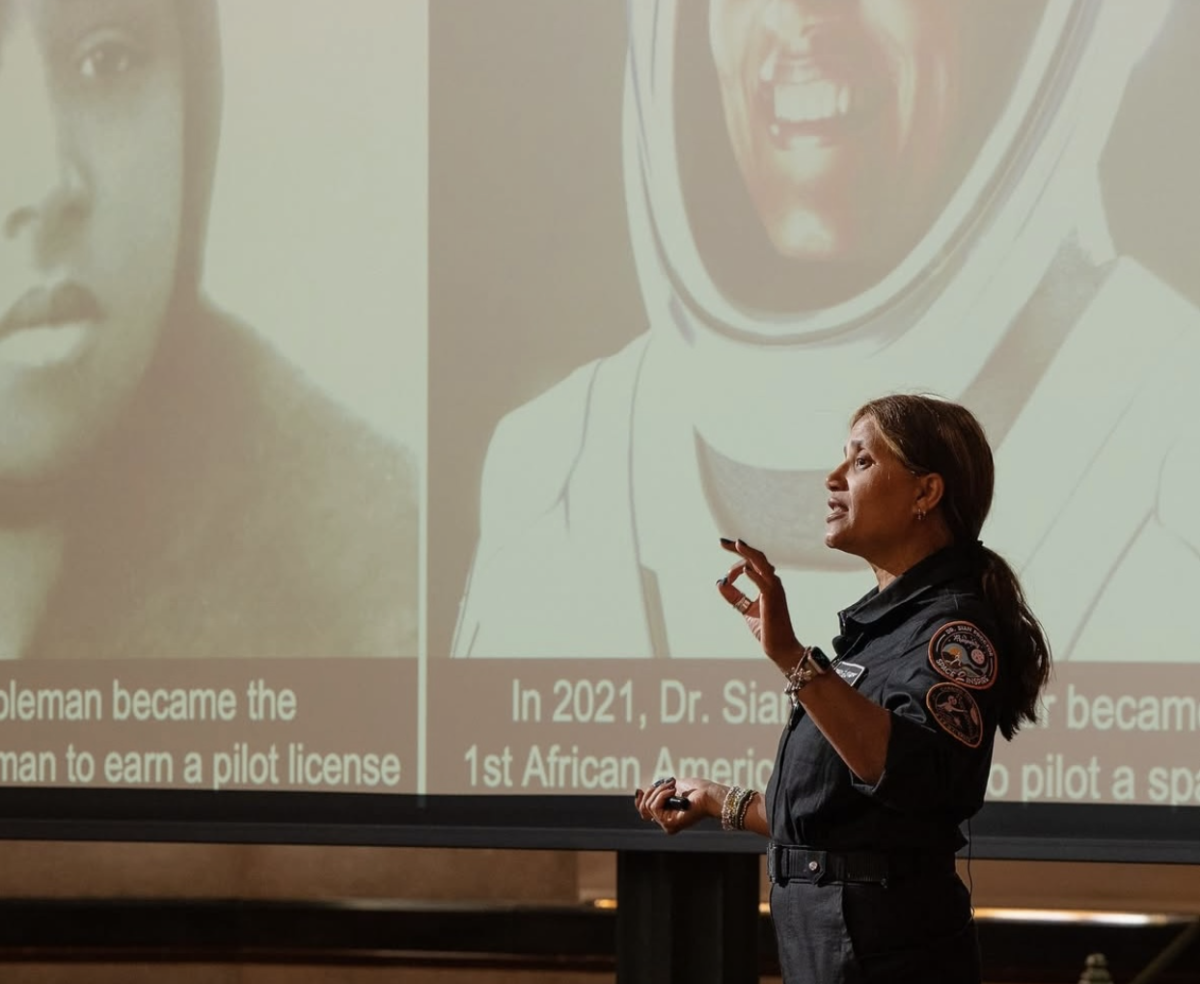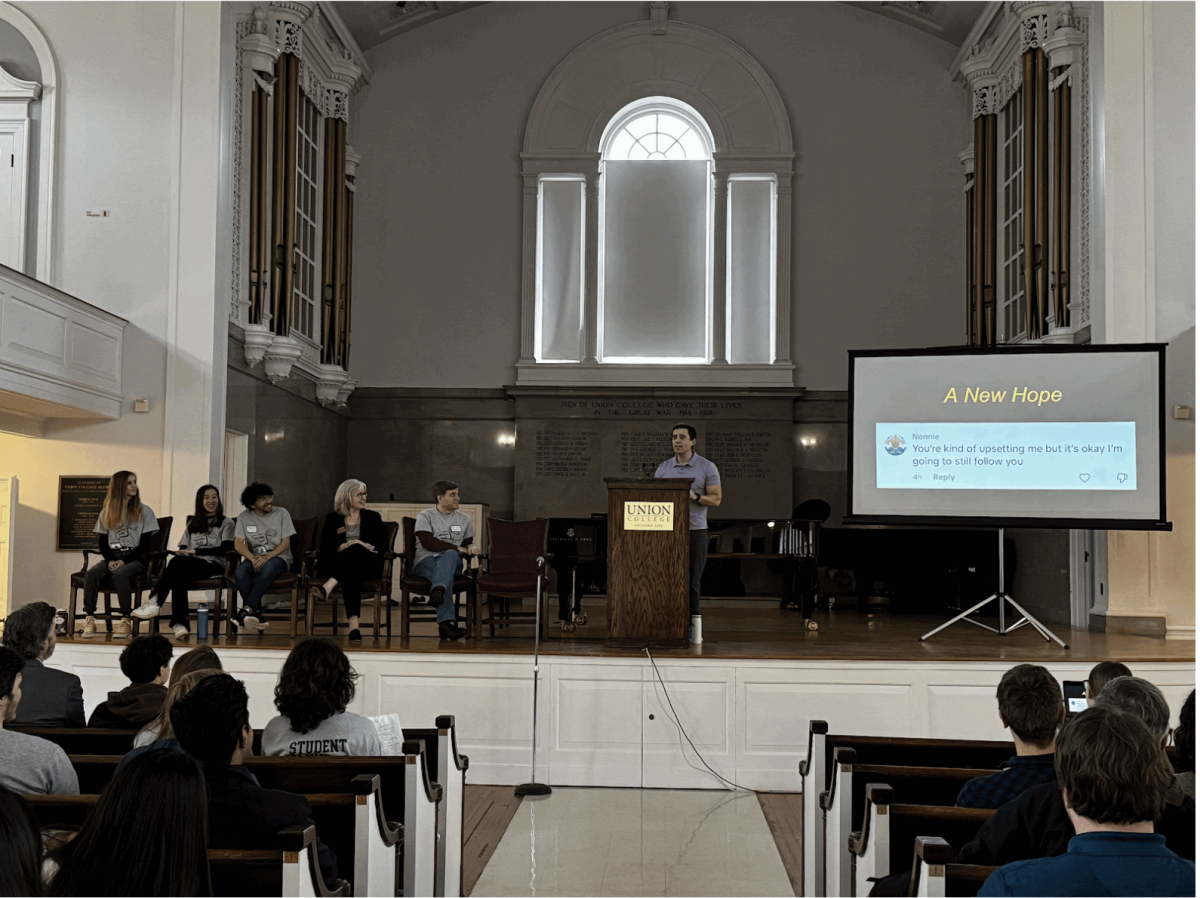At 14:23 UTC (10:23 am EST) on April 5, a Mw 4.8 earthquake was recorded on the East Coast, with the epicenter of the earthquake originating in Hunterdon County, NJ. Shaking from the earthquake was felt all the way from Boston, Massachusetts down to Baltimore, Maryland according to USGS ShakeMap reports. Some students and faculty at Union College even were able to feel the quake themselves on campus. No major injuries or fatalities have resulted from the earthquake, with only some minor damage to some buildings in NJ observed, where the earthquake originated and the greatest shaking occurred. One major concern to Geoscientists was the depth at which the earthquake (4.7km) could have produced much more extensive damage if the magnitude of the earthquake had been bigger. Many braced for potential damage due to the proximity of the earthquake to New York City’s many tall buildings. Due to the low magnitude and the knowledge of existing faults in the area, building codes for seismic activity had been previously instituted and were enforced. This earthquake has been the strongest the East Coast has witnessed in 13 years, when in 2011 a 5.8 Mw earthquake shook the area, originating from Virginia, causing moderate damage to some structures near the epicenter.
At Union, the GEO-303 Earthquakes Class took a particular interest in this news, taking an opportunity to be able to take a look at real-time data collected mere days before then, looking at seismic data from stations near NJ, where the epicenter of the earthquake was. Students in the class examined the different types of waves that were observable and identified the different body and surface waves generated by the earthquake from each station near where the earthquake had occurred, trying to understand the differences between compressional and shear waves. Of particular relevance was the earthquake’s potential impacts to buildings and ground structure. Professor Matt Manon, who teaches the Earthquakes class, and whose primary interests focus on interactions between tectonics and metamorphism, highlighted a couple of major points about this most recent earthquake. While the East Coast isn’t home to the large amount of tectonic activity, like in California along the San Andreas Fault, and the Cascadia subduction zone in Oregon and Washington State. He said it was important to understand that we still do have many faults and other features that are still in the crust from earlier geological history when the rifting of Laurentia (modern-day north America) took place, which formed the Atlantic Ocean. Professor Manon also commented on the extent of the shaking generated by the earthquake. He said that on the West Coast, while the shaking may be more intense and occur much more often, earthquakes on the West Coast aren’t felt as far away from the source as we had felt here. This is because the continental crust on the East Coast is a lot cooler than the west, leading to earthquakes being able to transmit and travel more efficiently, and therefore go much further though rock.
Approximately 50 aftershocks have been observed by Seismologists monitoring the situation, with the largest occurring on April 5, with a magnitude of Mw 3.8, around 8 hours after the initial earthquake, according to USGS. More recent aftershocks have dwindled to magnitudes of Mw 1.9. These aftershocks were so small that they were only recorded on seismometers and were not able to be felt and were expected to occur by seismologists following the earthquake. This earthquake serves to remind many that the East Coast of North America is home to earthquakes, even if the intensity and frequency of them are far lower than earthquakes experienced on the West Coast.











